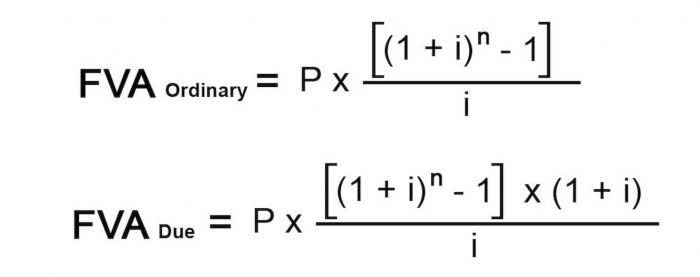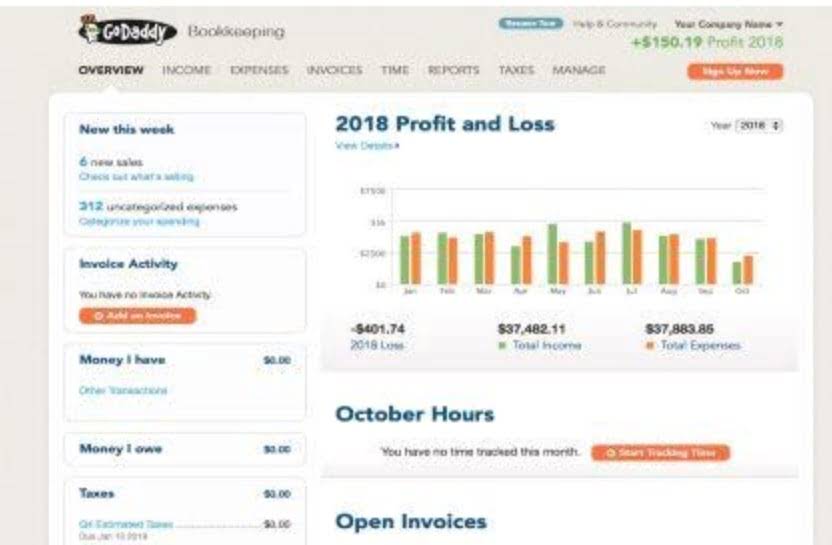
The proposed regulations define consulting as providing “professional advice and counsel to clients to assist the client in achieving goals and solving problems” (Prop. Regs. Sec. 1.199A-5(b)(2)(vii)). Additionally, consulting also includes advice and counsel related to lobbying efforts (id.). However, consulting does not include advice performed in conjunction with the sale of goods or services that would not otherwise be an SSTB, if that service is not billed separately (id.). The determination of whether clients are considered to be involved with consulting services is a facts-and-circumstances, case-by-case scenario. When making this determination, a CPA should look for instances where the client is providing recommendations and advice without any type of corresponding goods or services, especially if the client is providing a formal written recommendation report. In this post, we spent 10,000 words breaking down the new law, but something has been bothering me of late.

The deduction, however, is limited to 50% of the W-2 wages paid by the business. As a sole proprietorship, A cannot pay himself wages, and because there are no other employees, the business has no W-2 wages; as a result, the “50% of W-2 Wages” limitation is $0. In addition, because A’s taxable income is above the top threshold of $415,000, the limitation applies in full. The combined qualified business income deduction is less than the overall limitation, so the total QBID that Sam is allowed will be $41,000. H and W file a joint return on which they report taxable income of $450,000, of which $300,000 is ordinary income from W’s interest in an S corporation.
Q42. What is the purpose of the regulations in sections 1.199A-7 through 1.199A-12?
Thus, the taxpayer’s Sec. 199A deduction is equal to the lesser of (1) the combined QBI amount or (2) the overall limitation (20% × taxpayer’s taxable income in excess of any net capital gain). The trade or business of performing services as an employee generally is not a qualified trade or business, so W-2 wages paid to an officer of an S corporation will generally not qualify as a source of QBI to the qbid employee. Such wages, however, will generally be a qualified item of deduction and included in the QBI of the payor. Additionally, the W-2 wages paid to the officer of an S corporation properly allocable to QBI, which are timely filed and reported to the SSA, will qualify as W-2 wages attributable to a trade or business identified by the S corporation for purposes of applying the W-2 wage limitation.

Because H and W’s taxable income is between the lower and higher thresholds, only a partial wage and capital limitation applies. The basis of depreciable property is most commonly determined under section 1012 (with respect to purchased property), section 1014 (with respect to property acquired from a decedent), or section 1015 (with respect to property acquired by gift). A taxpayer’s UBIA of qualified property is its basis in the qualified property prior to any adjustments under section 1016(a)(2) or (3), any adjustments for tax credits you (or the RPE) claimed, or any adjustments for any portion of the basis which you have (or the RPE) elected to treat as an expense. However, a taxpayer’s UBIA of qualified property is adjusted to reflect the reduction in the basis for the percentage of your (or the RPE’s) use of the property for the tax year other than in the trade or business. For more information on UBIA of qualified property, see Reg. Below are answers to some basic questions about the qualified business income deduction (QBID), also known as the section 199A deduction, that may be available to individuals, including many owners of sole proprietorships, partnerships and S corporations.
You’re our first priority.Every time.
For more information on what qualifies as a trade or business, see Determining your qualified trades or businesses in the Instructions for Form 8995-A or Form 8995. QBI is the net amount of qualified items of income, gain, deduction and loss from any qualified trade or business. In addition, the items must be effectively connected with a U.S. trade or business. Items such as capital gains and losses, certain dividends, and interest income are excluded.
- Corporations are not eligible because they received their own tax breaks under the TCJA.
- An individual selling life insurance as an insurance broker is specifically excluded from the SSTB definition.
- The calculations can get complicated so if you would like us to go through this with you, set up a time to talk below.
- If a relevant pass-through entity (RPE) aggregates multiple trades or businesses, you may not separate the trades or businesses aggregated by the RPE, but you may add additional trades or businesses to the aggregation, if the rules above are met.
- Before continuing this discussion, two points need to be made clear.
- The proposed regulations included a de minimis rule for this situation.
A 20% tax deduction will make a big difference in your taxes. The calculations can get complicated so if you would like us to go through this with you, set up a time to talk below. After combining all of the allowed QBI deductions, we will subject the combined QBID total to the to the overall limitation.
